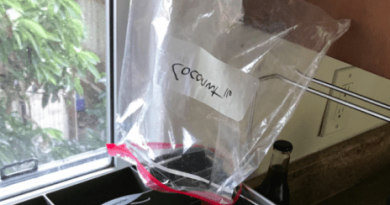Solar water heater system servicing and maintenance
Energy Disrupter
Solar water heaters are excellent money and environment savers. They do not need much maintenance and service, but a tuneup every now and again will help make sure it keeps doing what it should. It’s helpful to know this ahead of buying one, or if you have one and want to keep it optimized.

This is one type of solar water heater. There are many types, often much more similar looking to a regular water heater…pic from Pixabay
Solar water heaters are one of those things: the sun provides free heat, so why isn’t all water heated by it? The answer, as it often is, boils down to cost. SWH are not cheap, compared to standard water heaters. However, they do tend to pay for themselves pretty quickly, given that the cost of fuel is zero.
The best kind of solar water heaters are the ones that run water up to the roof, into a panel that concentrates heat, superheating the water in the pipe, and sending that water down to the tank inside the building. There’s mixing elements in the tank that keep the water temperature consistent, and the usual anode rods to reduce corrosion of the tank. All of these parts could use the occasional professional tuneup, which is recommended every 5 years.
Here’s what a tuneup typically includes:
- replacement of anode rod
- verification of electrical backup settings
- testing controllers and sensors
- testing the circulating pump
- inspection and cleaning of the tank
- flushing the tank and collectors
- Insulation and leak check
- uV coating for exposed pipes and insulation
- check valve and relief valve inspection
- assessment of the collector, collector structure and roof perforations
- inspection of panels
Often, local municipal and utility rebates are available for this, and we recommend this be done by a professional.
A smaller annual service to flush the tank (which eliminates calcium buildup, dirt, and other potential problems floating around in the tank) is also recommended. If you don’t flush it annually, and then try to do it, like I did, after 10 years, you can actually do more harm than good, and end up needing a much bigger repair. So if you don’t know when it was done last, just skip it, and figure that you’ll end up needing to hire someone when it breaks down. Usually it’s just the anode rod that will need replacing (the anode rod is the sacrificial lamb of the water heater…it will reduce corrosion on the rest of the tank because it has an affinity for the corrosive material and will draw most of it to itself, rather than allowing it to eat the tank).
Get the Green Living Ideas book in softcover or PDF for as low as $2.99!

Related
















